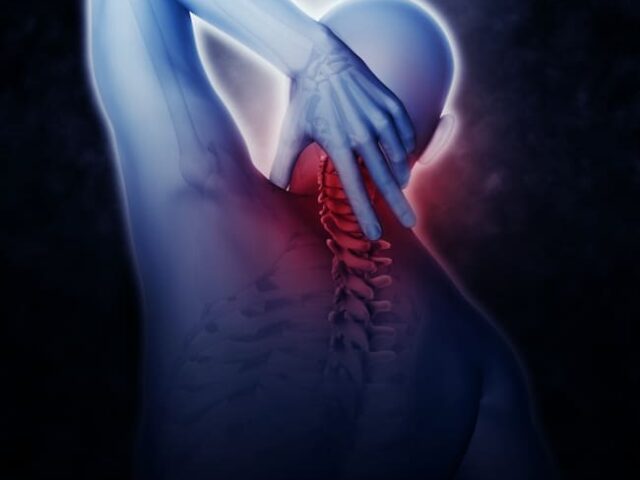Kyphosis is a medical condition that affects the spine. It is characterised by an abnormal curvature of the upper back, which causes a hump-like appearance. There are different types of kyphosis, and the severity varies from person to person.
Causes of Kyphosis

Symptoms of Kyphosis
The symptoms of kyphosis vary depending on the severity of the condition. Some of the common symptoms include:
Back pain: This is the most common symptom of kyphosis. The pain can be mild or severe and may be worse with certain activities.
Limited mobility: Kyphosis can cause stiffness and limited mobility in the spine, making it difficult to perform specific movements.
Breathing difficulties: In severe cases of kyphosis, the curvature of the spine can compress the lungs, leading to breathing difficulties.
Treatment for Kyphosis
The treatment for kyphosis depends on the underlying cause and severity of the condition. Some of the standard treatment options include:
Physical therapy: Exercises and stretches can help improve posture and strengthen the muscles in the back.
Bracing: In some cases, a brace may be prescribed to help support the spine and prevent further curvature.
Surgery: In severe cases of kyphosis, surgery may be necessary to correct the curvature of the spine. This may involve removing part of the vertebrae or fusing the spine.


Preventing Kyphosis
Kyphosis can be prevented by maintaining good posture and a healthy lifestyle. This includes:
Sitting and standing up straight: Maintaining good posture when sitting or standing for prolonged periods is essential.
Exercising regularly: Regular exercise can help strengthen the muscles in the back and improve posture.
Eating a healthy diet: A diet rich in calcium and vitamin D can help keep bones strong and prevent osteoporosis.
Kyphosis is a medical condition that affects the spine, causing an abnormal curvature in the upper back. It can be caused by several factors, including poor posture, osteoporosis, congenital disabilities, and Scheuermann’s disease. The symptoms of kyphosis include back pain, limited mobility, and breathing difficulties. Treatment options include physical therapy, bracing, and surgery, depending on the severity of the condition. Maintaining good posture and a healthy lifestyle can help prevent kyphosis. If you are experiencing symptoms of kyphosis, it is essential to consult with your doctor to determine the underlying cause and appropriate treatment options.
